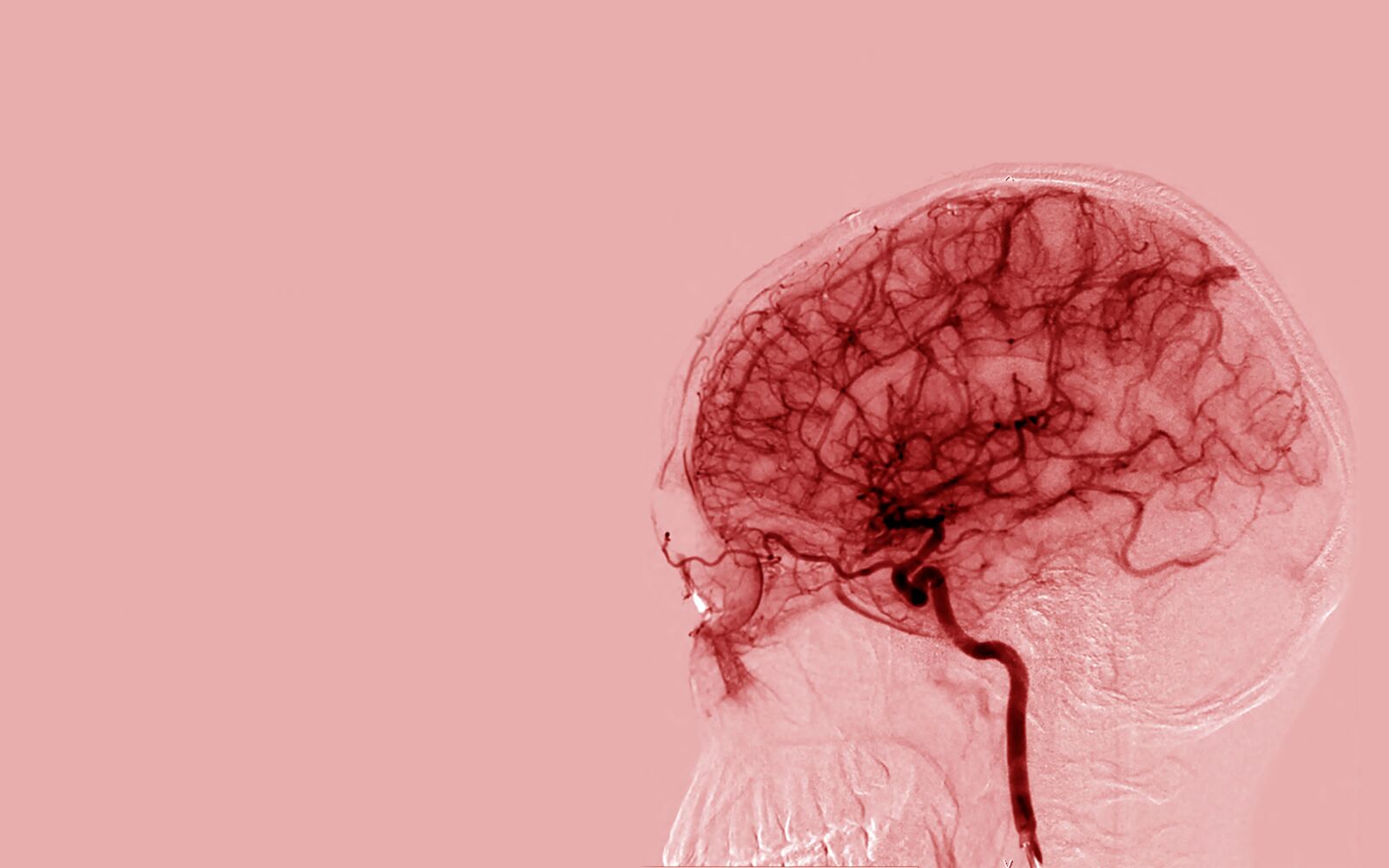Stroke

American Stroke Association defines stroke as a disease that affects the arteries leading to and within the brain. It occurs when a blood vessel that carries oxygen and nutrients to the brain is either blocked by a clot or ruptures which leads to part of the brain not getting the blood and oxygen it needs, hence the brain cells die.
Stroke is highlighted as number five cause of death and disabilities in the United States.
Types of Stroke
1. Ischemic stroke.
It happens when the brain's blood vessels become narrowed or blocked causing reduced blood flow. It may be caused by a build-up of fatty deposits, blood clots, or other debris that travel through the bloodstream, most often from the heart, and lodge in the blood vessels in the brain.
2. Hemorrhagic stroke.
It occurs when a blood vessel in the brain leaks or ruptures. Brain hemorrhages can result from many conditions that affect the blood vessels. Some factors such as uncontrolled blood pressure and trauma like that of a car accident may lead to hemorrhagic stroke.
3. Mini stroke/Transient ischemic attack (TIA).
It is a temporary period of symptoms similar to those in a stroke. A TIA doesn't cause permanent damage. A TIA is caused by a temporary decrease in blood supply to part of the brain, which may last as little as five minutes.Having a TIA increases your risk of having a full-blown stroke later.
Experiencing a stroke may be caused by some of the factors listed below:
Being overweight or obese
Physical inactivity
Heavy or binge drinking
High blood pressure
High cholesterol
Diabetes
Cardiovascular disease, including heart failure, heart defects, heart infection or irregular heart rhythm, such as atrial fibrillation
Personal or family history of stroke, heart attack or transient ischemic attack
Signs and symptoms of stroke include:
1. Trouble speaking and understanding what others are saying. You may experience confusion, slur words or have difficulty understanding speech.
2. Paralysis or numbness of the face, arm or leg. You may develop sudden numbness, weakness or paralysis in the face, arm or leg. This often affects just one side of the body. Try to raise both your arms over your head at the same time. If one arm begins to fall, you may be having a stroke. Also, one side of your mouth may droop when you try to smile.
3. Problems seeing in one or both eyes. You may suddenly have blurred or blackened vision in one or both eyes, or you may see double.
4. Headache. A sudden, severe headache, which may be accompanied by vomiting, dizziness or altered consciousness, may indicate that you're having a stroke.
5. Trouble walking. You may stumble or lose your balance. You may also have sudden dizziness or a loss of coordination.
A stroke can sometimes cause temporary or permanent disabilities, depending on how long the brain lacks blood flow and which part is affected. Complications may include:
1.Paralysis or loss of muscle movement. You may become paralyzed on one side of the body, or lose control of certain muscles, such as those on one side of the face or one arm.
2. Difficulty talking or swallowing. A stroke might affect control of the muscles in the mouth and throat, making it difficult for you to talk clearly, swallow or eat. You also may have difficulty with language, including speaking or understanding speech, reading, or writing.
3. Memory loss or thinking difficulties. Many people who have had strokes experience some memory loss. Others may have difficulty thinking, reasoning, making judgments and understanding concepts.
4. Emotional problems. People who have had strokes may have more difficulty controlling their emotions, or they may develop depression.
5. Pain. Pain, numbness or other unusual sensations may occur in the parts of the body affected by stroke. For example, if a stroke causes you to lose feeling in the left arm, you may develop an uncomfortable tingling sensation in that arm.
Getting a stroke is something that can be prevented by just leading a healthy lifestyle. Some of the healthy lifestyle practices recommended include:
1.Controlling high blood pressure (hypertension). Since high blood pressure is one of the leading causes of stroke, if you have it, make sure you control it.
2. Lowering the amount of cholesterol and saturated fat in your diet. As discussed earlier, a build up of fatty deposits make arteries to block that leads to stroke. You should make sure that you eat food with reduced fats.
3. Managing diabetes. Diet, exercise and losing weight can help you keep your blood sugar in a healthy range. If lifestyle factors don't seem to be enough to control your diabetes, your doctor may prescribe diabetes medication.
4. Maintaining a healthy weight. Being overweight contributes to other stroke risk factors, such as high blood pressure, cardiovascular disease and diabetes.
5. Avoiding illegal drugs. Certain street drugs, such as cocaine and methamphetamine, are established risk factors for a TIA or a stroke.
BY MARGARET MUGO
Related
Share this article
Experienced and versatile writer, dedicated to using my exceptional writing and editing skills to inform and advocate. My work focuses on educating and entertaining readers on a range of topics, with a particular expertise in matters of disability.
View articles

